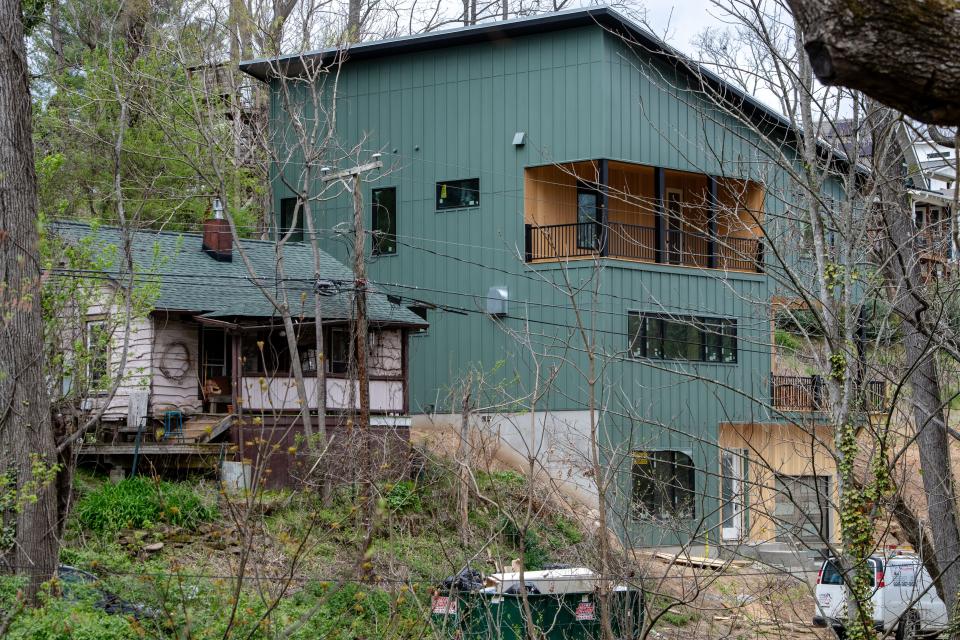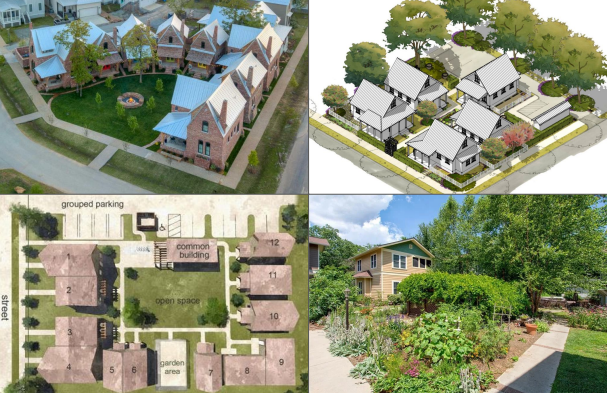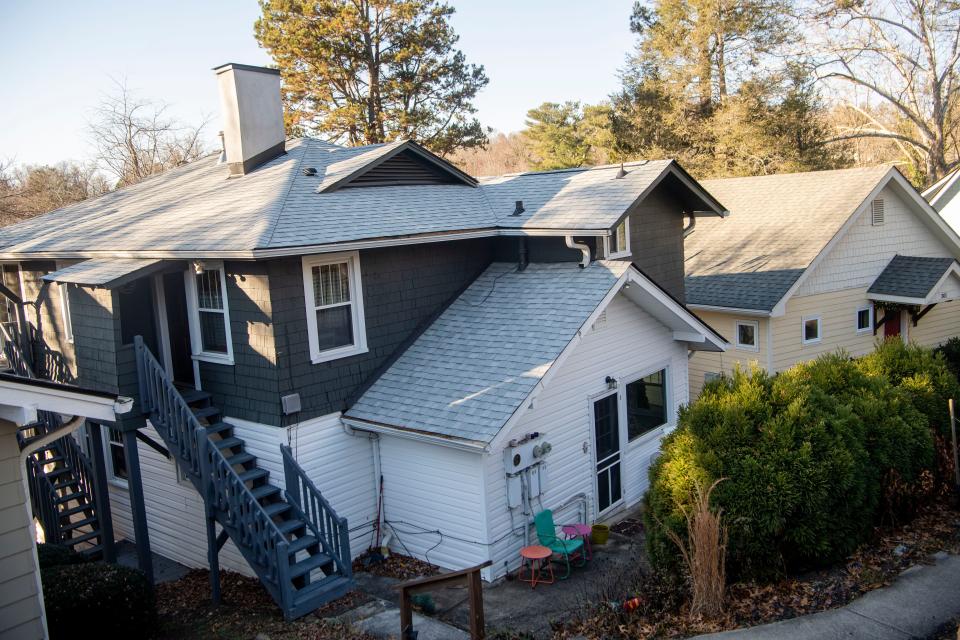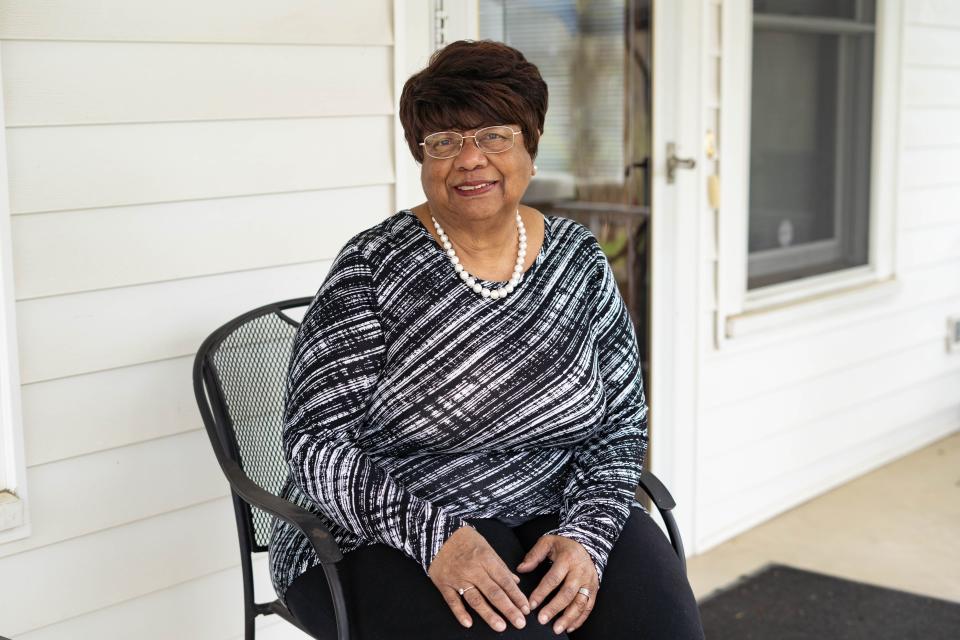As Asheville explores more cottage-style homes, legacy neighborhoods express concerns
ASHEVILLE - One suggested solution to fixing the area's housing shortage, aside from funding for more affordable housing, is to relax zoning laws to allow for varied development across the city. Now, a proposal to amend city development laws may do just that.
Under the proposed changes, developers could build new homes on previously undeveloped lots. But the proposal for more cottage-style and smaller, infill housing built alongside single-family homes in Asheville raised concerns among some residents and city commission members.

During the April 3 city of Asheville Planning and Zoning Commission meeting, commissioners postponed voting on the Unified Development Ordinance text amendments, expressing equity concerns and questioning some of the language and specific measurements included in the ordinances.
The amendments are the first phase of the Middle Housing Initiative, a series of sweeping zoning text amendments proposed as a result of Asheville's Middle Missing Housing Study.
Missing middle housing are housing types that have been largely missing from the residential market over the last 70 years, such as: duplexes, cottage courts, triplexes, fourplexes, multiplexes and townhomes.
The first phase includes updates to primarily "backyard housing policy," city urban planner Vaidila Satvika said during the meeting.
The updates would reduce the amount of open space and height requirements for cottages, allow additional dwelling units on parcels with homes of three or fewer units and allow development on more flag lots and backyard lots.
Flag lots are undeveloped lots adjacent to or behind single-family homes.

The second phase would address a variety of development standards and would allow duplexes in all zoning districts. The third phase would update current residential zoning districts.
Satvika believes the second and third phase of the plan would need "a lot more engagement" with the public about proposed changes.

Legacy neighborhoods express concerns
The amendments come as a result of the Missing Middle Housing Study, which found that smaller developments could help address rising housing costs.
However, displacement from new development is a concern for many.

Sophie Dixon, president of the Shiloh community association, said the addition of more units could further disrupt the neighborhood, which has already seen the historical impacts of urban renewal.
"We feel that Shiloh, and the legacy neighborhoods, were put in the opportunity zone and we've got a target on our backs," Dixon said.
"I always throw out that every time we get something that 'looks good' we end up with something like urban renewal," she continued.
Areas of Emma and Shiloh were included as areas of "high vulnerability" for displacement as a result of infill development on the final Missing Middle Housing report developed by consultants from the California-based Opticos Design and Oregon-based Cascadia Partners.
Andrea Golden, a member of the Emma Community and co-director of PODER Emma, said new development as a result of the proposal could end up displacing those in the primarily Latino neighborhood.
"There are other and many areas of our city and our county that don't face the same displacement factors that our neighborhoods face," Golden said, encouraging the commission to look at other areas of Asheville and Buncombe that are more stable.
"We're asking for a equity lens to be used when thinking about changes to our neighborhoods," she continued.
PZC Presentation - Middle Housing Initiative Phase 1 by willhofmann2 on Scribd
Commissioner looks for answers, push amendments to next meeting
As a result of concerns over the proposed amendments, the city has suggested the development of an overlay district, which would only bring backyard housing options for some neighborhoods throughout the city.
The overlay, while popular among the commission, would require more time to develop
Commissioner Susan Bean suggested the implementation of an overlay district, which would restrict the proposal from impacting legacy and vulnerable neighborhoods. The district would allow those communities to consider the possible impacts from the proposal, while honoring the history of neighborhoods impacted by past development practices like urban renewal, Bean said.
Commission Chair Kim Levi, along with several other commissioners, asked to revisit some elements of the proposal during a future meeting.
Levi also mentioned recent concerns about density from a 95-unit Haw Creek housing project, which has seen significant neighborhood response due to its size.
Shiloh was already at that project's density of 3-5 units per acre a decade ago, Levi said. The neighborhood is already at the future land use density established by the 2018 Living Asheville Comprehensive Plan and the Middle Housing Initiative could add more infill development.
The text amendments were unanimously continued by the commission to the May 1 Planning and Zoning Commission meeting.
More: Asheville takes 1st look at new affordable housing plan: What comes next?
More: 'Missing middle': New study pursues more townhomes, duplexes, multiplexes in Asheville
Will Hofmann is the Growth and Development Reporter for the Asheville Citizen Times, part of the USA Today Network. Got a tip? Email him at [email protected]. Please help support this type of journalism with a subscription to the Citizen Times.
This article originally appeared on Asheville Citizen Times: Asheville considers more cottage homes, neighborhoods express concerns
